#Terence Conran
Explore tagged Tumblr posts
Photo

"Sunlit Serenity" (1986) by Terence Conran - Emphasizing openness, the interior features expansive grid windows flooding the space with natural light.
#1980s#white#interior#natural light#grid windows#modern design#gray#architecture#green#terence conran#1986
943 notes
·
View notes
Text

Conran's Bedrooms and Bathrooms (1986)
121 notes
·
View notes
Text
The great 19th-century designer William Morris wasn’t thinking of a £2 floral iPhone cover when he wrote “Tomorrow, the civilised world shall have a new art, a glorious art, made by the people and for the people.” In his lifetime he failed in his dream of making art for all, while paying his workers fairly. Only the homes of the wealthy were decorated by Morris & Co. As he feared, he had simply been “ministering to the swinish luxury of the rich”.
But today his designs can be found everywhere, from John Lewis to Chinese online marketplace Temu. His Strawberry Thief print is the most popular item in the V&A museum shop, and the internet is awash with AI-generated posters for fake William Morris V&A exhibitions. A new show, Morris Mania, at the William Morris Gallery in Walthamstow, explores how his botanical prints went viral, with a callout to the public to loan their own Morris ephemera.
Morris would be thrilled and appalled at this democratisation of his work. His legacy, like his life, is one of contradictions: he was a radical socialist and hugely successful businessman, who made wallpaper for Queen Victoria; a passionate champion of craftsmanship and workers’ rights, whose designs have become a template for mass-produced tat.
An early environmentalist, he raged against the waste and pollution of the industrial age. His 1890 utopian sci-fi novel News from Nowhere imagined a future in which there is no money, private property or big cities. In the end, he thought only upending the whole capitalist shebang would do. But Morris’s ideals survived into the next century, influencing political thinking about the arts. Labour’s Clement Attlee, Aneurin Bevan and Tony Blair were all fans. The ethos behind the Design Council, which celebrates its 80th anniversary this month, was not just to help rebuild the economy after the second world war but to improve people’s everyday lives. Shops like Habitat and designers such as Terence Conran took up Morris’s challenge to bring good design to the high street. In the return to “Victorian values” of the Conservative 1980s, Laura Ashley filled homes with Morris-inspired soft furnishings. Even British nuclear submarines were upholstered in his rose-print linen (Morris would not have approved).
Now we are having another Morris moment. Perhaps the joyful expression of nature in his patterns is the key to their enduring appeal. His motto, “Have nothing in your houses that you do not know to be useful or believe to be beautiful”, may have struck a chord in lockdown. Gen Z turned to crafting, and “cottagecore” took off. For many, our homes are also our offices; we want them to be “beautiful”.
Morris has always been design’s visionary and conscience. Today, we need him more than ever. As Morris mania proves, designers – however unwittingly – have played no small part in fuelling overconsumption. They have the power to shape our world and future. Eighty per cent of the environmental impact of any new product is determined at the design stage. Good design is no longer just about form and function. Designers are responding to the climate emergency with innovations that are aesthetic and sustainable.
As globalisation itself is under scrutiny thanks to US tariffs, Morris reminds us to think about where goods come from and how they were made. Do you really need that cheap Strawberry Thief-patterned toothbrush holder?
6 notes
·
View notes
Text

from 'The House Book' by Terence Conran (1974)
53 notes
·
View notes
Text

THE BED AND BATH BOOK I Terence Conran ©1978
41 notes
·
View notes
Text

First floor bedroom at Barton Court, Berkshire .. @8hollandstreet ..
25 notes
·
View notes
Text
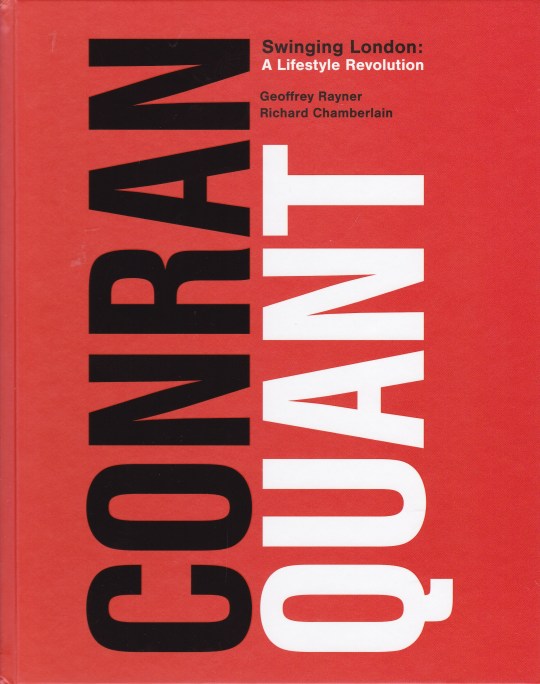
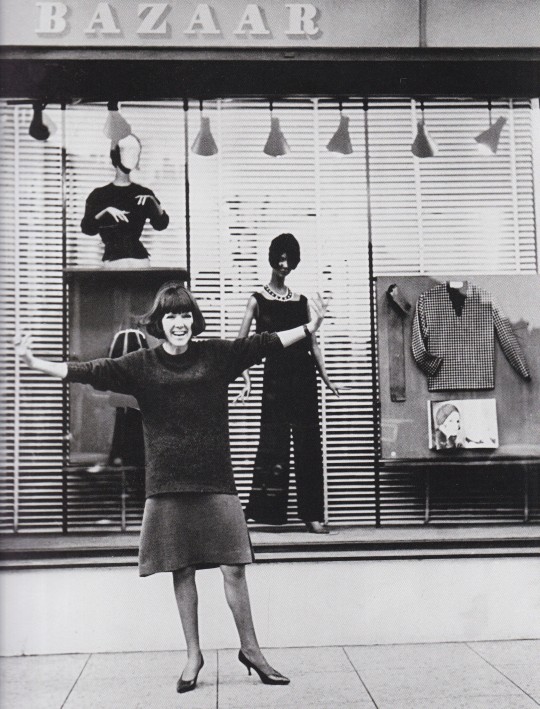

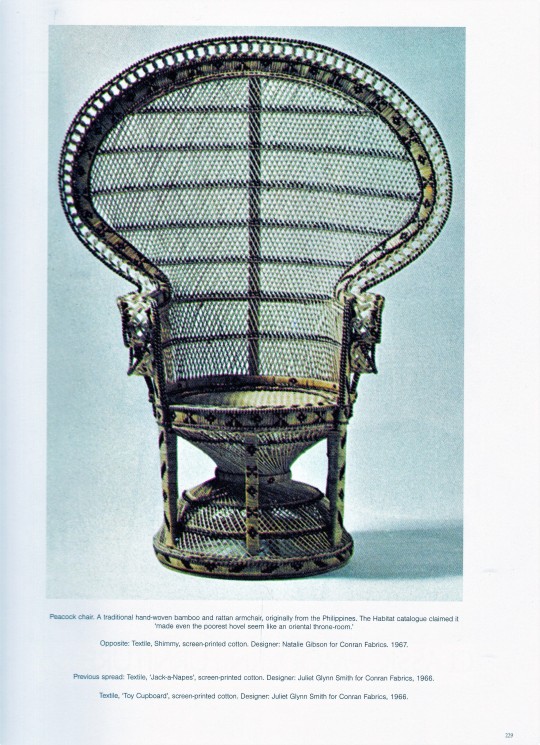
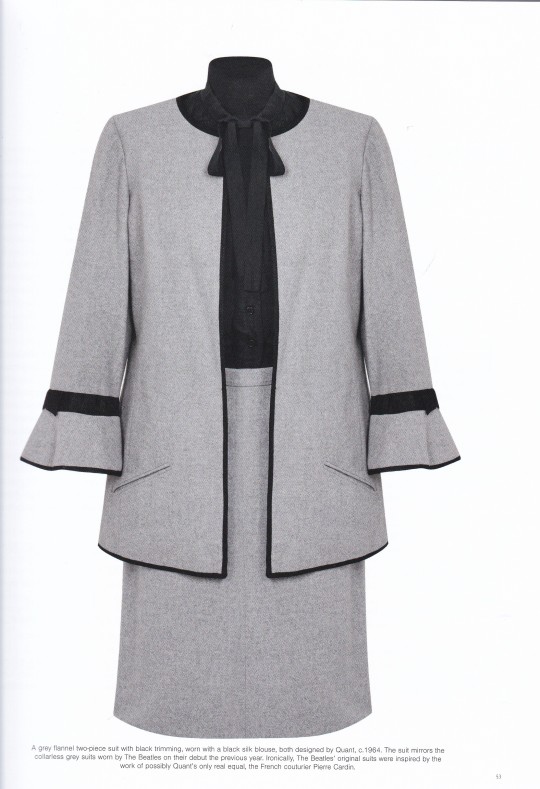
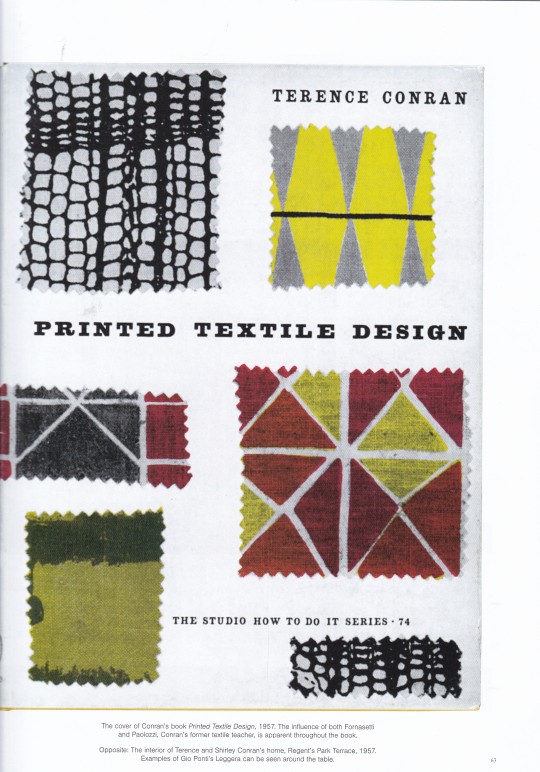
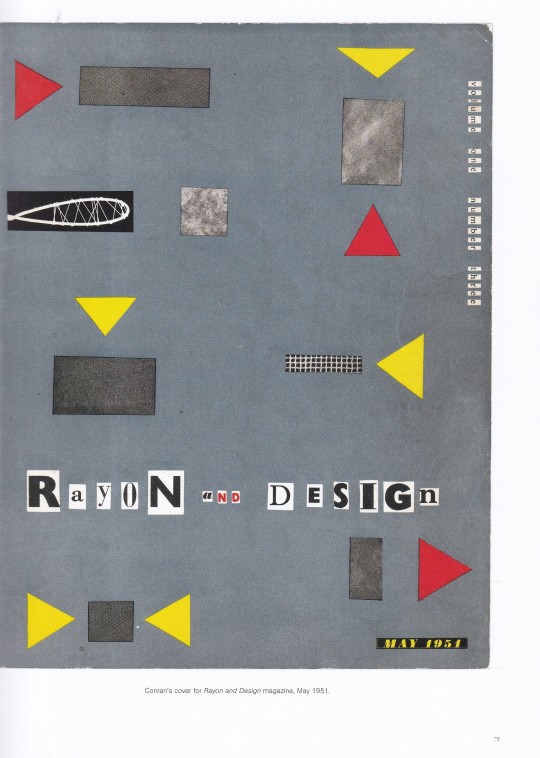
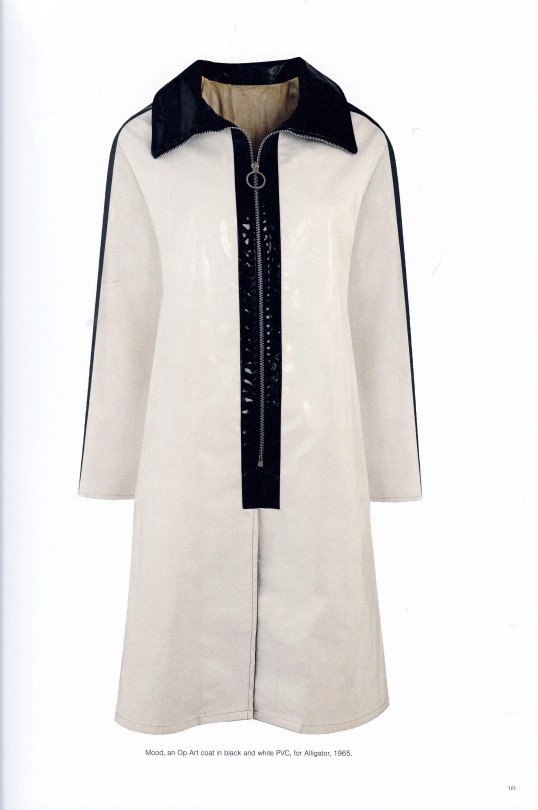
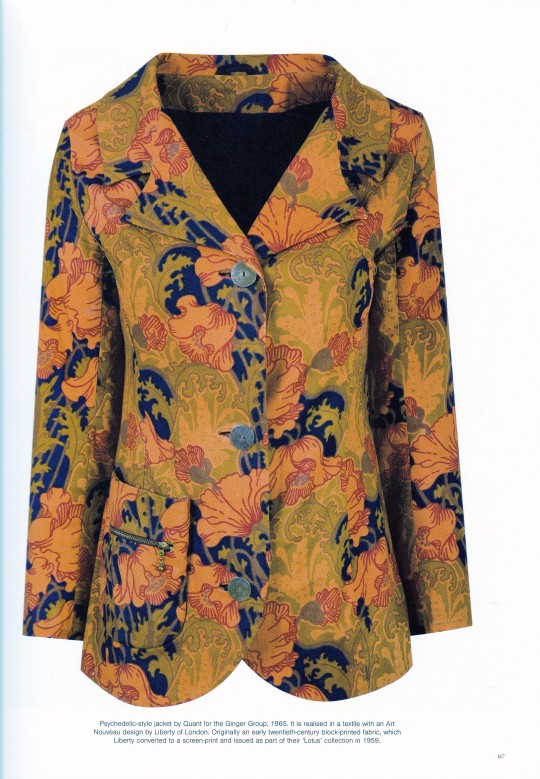
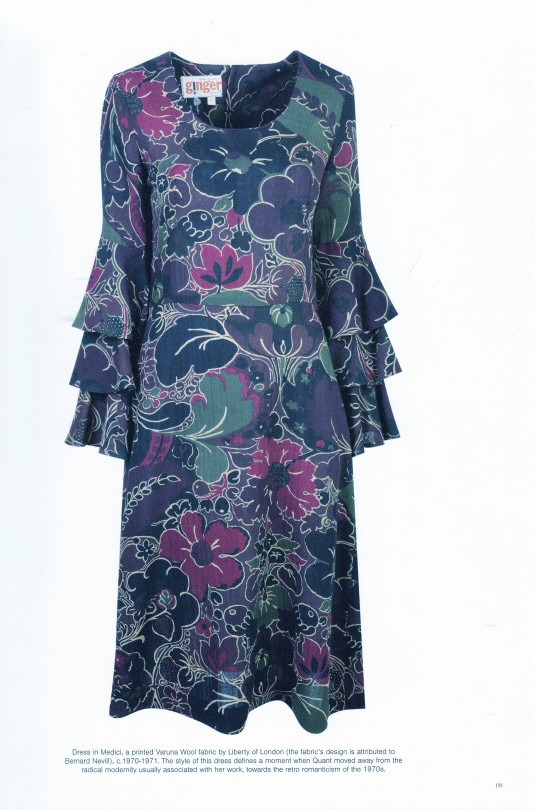

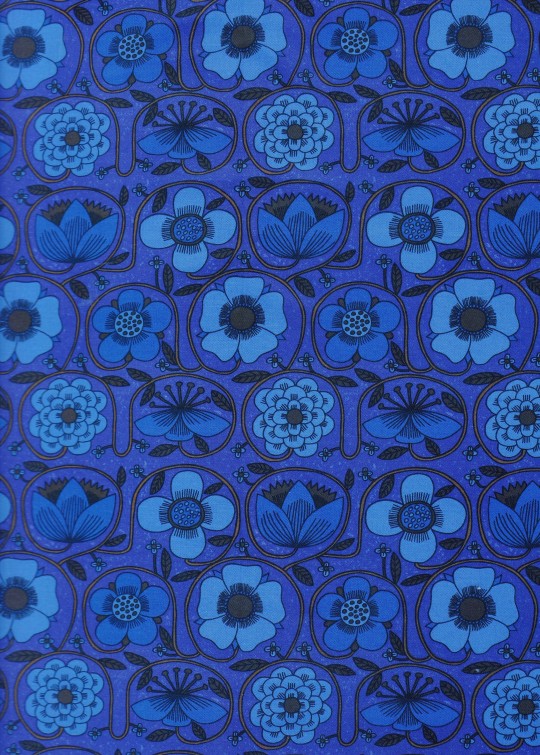
Conran Quant
Swinging London : A Lifestyle Revolution
Geoffrey Rayner, Richard Chamberlain
ACC Art Books, Woodbridge
euro 49,00
email if you want to buy [email protected]
Transporting you back to London at the height of the Swinging Sixties, this book provides vital context for two of the biggest and boldest names in 'Pop' fashion: Mary Quant, alleged mother of the miniskirt, and Terence Conran, the entrepreneur behind the new wave of 'lifestyle' stores. Friends, associates and allies in design, Quant and Conran stood at the head of an informal but influential bohemian group who steered the rudder of style during the Pop era. 'The Chelsea Set' resist definition; there was no comprehensive members list. Conran/Quant: Swinging London – A Lifestyle Revolution explores the contributions of designers and artists from Laura and Bernard Ashley to Eduardo Paolozzi, Nigen Henderson and Alexander Plunket Greene, all of whom were essential generators of Sixties Style.
13/06/23
orders to: [email protected]
ordini a: [email protected]
twitter:@fashionbooksmi
instagram: fashionbooksmilano
designbooksmilano
tumblr: fashionbooksmilano
designbooksmilano
#Terence Conran#Mary Quant#Swinging London#Lyfestyle Revolution#Sixties#Pop fashion#miniskirt#bohemian group#The Chelsea Set#Eduardo Paolozzi#Laura Ashley#Sixties Style#design books#fashion books#designbooksmilano#fashionbooksmilano
18 notes
·
View notes
Text






Dieter Rams for Braun, 1962/1963. Wall Mounted Audio 2/3 (components: control TS45, reel-to-reel tape recorder TG60, slim speakers L450, record player PCS5), (Image 1 credit: Matthew Donaldson) Dieter Rams design ethos was very clearly codified by himself in ten legendary principles for good design: 1. Good design is innovative; 2. Good design makes a product useful; 3. Good design is aesthetic; 4. Good design makes a product understandable; 5. Good design is unobtrusive; 6. Good design is honest; 7. Good design is long-lasting; 8. Good design is thorough down to the last detail; 9. Good design is environmentally friendly; 10. Good design is as little design as possible
Dieter Rams, Nicolas Ghesquière, Sir Terence Conran, Lord Norman Foster, Jasper Morrison and Sir Paul Smith are among the design stars to give their support to the protection of design patent rights.
more info: — https://braunaudio.de/en/braun-hifi-wall-unit-wandanlage-stereo-system-60ties/ — https://designwanted.com/design-icons-dieter-rams/
#dieterrams#design#braun#object#intemporal#contemporary#bauhaus#sound#equipment#music#product#productdesign#60s#70s#nicolas ghesquière#Sir Terence Conran#Lord Norman Foster#jasper morrison#paul smith#wallpaper magazine#patent#industrial design
45 notes
·
View notes
Text

Reminiscent of an Elizabethan knot garden, this plan is meant to be viewed from a height. Box-edged beds are filled with an informal mixed planting of shrubs and herbaceous plants.
Terence Conran’s New House Book, 1985
#vintage#vintage interior#1980s#80s#interior design#home decor#garden#Elizabethan#style#stone#English#stone wall#landscape#design#plants#flowers#greenhouse
2K notes
·
View notes
Text

Terence Conran's Bedrooms and Bathrooms (1986)
97 notes
·
View notes
Text
Birthdays 10.4
Beer Birthdays
Jacob Gimlich (1845)
Maureen Ogle (1953)
Five Favorite Birthdays
Rachel Leigh Cook; actor (1979)
Brendan Gill; writer (1914)
Jean-Francois Millet; artist (1814)
Liev Schreiber; actor (1967)
Alicia Silverstone; actor (1976)
Famous Birthdays
Louis Arbogast; French mathematician (1759)
Armand Assante; actor (1949)
Roy Blount Jr.; writer (1941)
Jackie Collins; writer (1941)
Terence Conran; English designer (1931)
Luis Cranach "the Younger" (1515)
Jim Fielder; rock bassist (1947)
Vitaly Ginzburg; Russian physicist (1916)
Rutherford B. Hayes; 19th U.S. President (1822)
Charlton Heston; actor (1924)
Sam Huff; New York Giants MLB (1934)
Buster Keaton; comedian, actor (1895)
Jan Murray; comedian, television host (1917)
Giovanni Piranesi; Italian artist (1720)
Frederic Remington; artist (1861)
Anne Rice; writer (1941)
Damon Runyan; writer (1884)
Susan Sarandon; actor (1946)
Lori Saunders; actor (1941)
Alvin Toffler; writer (1928)
Dick Tracy; comic strip character (1931)
1 note
·
View note
Text

Terence Conran's Decorating with Plants I Susan Conder © 1986
28 notes
·
View notes



